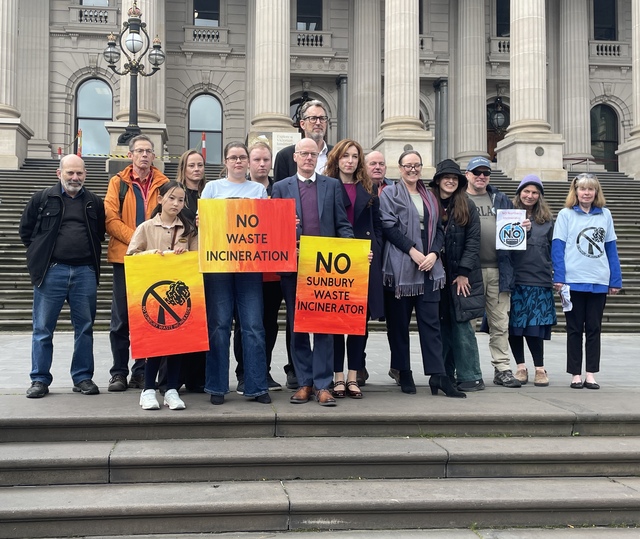Renters in Hume and Whittlesea are grappling with significant financial burdens due to rapidly increasing rental costs, tight vacancy rates, and a substantial portion of their income consumed by rent according to new data.
Suburbtrends releases a monthly Rental Pain Index (RPI) which scores suburb groups across out of a hundred on rental pain, the score is derived from measuring rental prices, household incomes, vacancy rates and advertised rentals.
A score of 75 or higher on this index signifies severe stress, a situation alarmingly prevalent across several areas in this region.
Lalor has the highest stress in Whittlesea, with the east part of the suburb sitting at 95.48, while the west part is at 93.71.
Bundoora sits in the middle with a rating of 94.03.
In Hume, Tullamarine has the highest RPI score of 91.48, while Campbellfield-Coolaroo, Meadow Heights, Broadmeadows, Roxburgh-South- Somerton all have scores above 90.
Tullamarine, Campbellfield – Coolaroo, and Meadow Heights registered substantial rental hikes of 17.07 per cent, 15.06 per cent, and 13.13 per cent, respectively, pushing their RPI scores into the high 90s, indicative of severe rental pressure.
Suburbs like Craigieburn-North, Fawkner, and Pascoe Vale exhibit varied dynamics, with rental price increases ranging from 10.83 per cent to 17.91 per cent and rent-to-income ratios stretching from 23.04 per to 31.64 per cent..
At the other end of the scale, the rental pain index for the Whittlesea suburb is just 34.25. Greenvale-Bulla, Sunbury, Mernda South and Wollert are the other Hume and Whittlesea suburbs to score below 75.
Suburbtrends founder Kent Lardner said this month’s index highlights a concerning trend within the Melbourne market, as we witness a significant uptick in scores, signalling growing distress rather than improvement.
“In Melbourne’s north west, the Rental Pain Index (RPI) has surged, spotlighting suburbs where residents face extreme pain due to escalating rental costs,” he said.
“Renters in Melbourne’s north-west are grappling with significant financial burdens due to rapidly increasing rental costs, tight vacancy rates, and a substantial portion of their income consumed by rent.
“This situation calls for urgent attention from policymakers and community stakeholders to alleviate the rental strain and enhance housing affordability in the region.”







